The journey of that stinking toilet and gutter water back to your tap
So today, let's visit the water industry. From my past experience in water processing, I have come to understand that water, no matter how dirty it is, can always be treated and recycled for human use and consumption. No water is a waste no matter how dirty and stinking it is. With effective recycling process, the purity can always be restored.
As usual, reading this article, you would learn and be equipped with the knowledge regarding the process of water purification, recycling process and distribution to the humans be it through pipes or through packaging in plastics containers (bottle water) and nylons (satchet waters).
You will get on understand the health implications associated with water stored in nylons and plastic containers when they are exposed to sunlight or heat. Why do water change taste even if they look clean? Read along there are more in store for you to learn and understand.
The journey of water our waste waters
Water is chemically known as H20 and contains 2 molecule of hydrogen one oxygen molecule. As we all know, there is no living creature that does not require water for survival. This is why it is an essential commodity for life.
Most people erroneously regard or call satchet water pure water. Getting pure water is actually a very complex and complicated process that requires a great deal of mechanical processing. Infact a pure water is not suitable for human consumption because it is devoid of some minerals that are need for health functions. So understand today that, satchet water is not pure water.
In a more organized setting, most of the water we use for flushing toilets actually ends back in our taps after being treated. Yeah it could be disgusting but this is reality. This practice is very beneficial for countries or some parts of developed countries where supply of water does not meet daily need of the inhabitants. Las Vegas reclamation facility in USA is a typical example. The big question is, how safe is this practice?
Whatever be the source of the water, it has to be treated to ensure it is safe for human consumption. For waste water, they are channelled to the sewage system for recycling. But for water gotten from apparently safe sources, they are simply channelled to the water water treatment machine where they undergo strict and tightly monitored and regulated process.
The sewage water treatment begins with the primary treatment before it is moved to the secondary treatment stage. Under the primary treatment stage, as the water is channelled to an underground tank through a pipe, it is filtered as they pass through a screen that help a to filter off large visible and solid contaminants.
In the secondary treatment stage, it involves the use of Activated Sludge. A process that employs the use of aeration and biological aggregate or more like a biofilm that is made up of large numbers of living organisms such as bacteria and protozoa.
The aeration of the treatment tank in the form of injected and compressed air is required for the survival of the Activated sludge and also provides the oxygen needed to convert ammonia produced from urine into nitrogen gas that is ultimately released into the surrounding atmosphere
Biological flocs are aerobic organisms that form an agregate - a floc after digestion of organic matter. The main thing they do is to remove and digest organic matter in the sewage and as they do this, they also clump together and produce a liquid that a relatively free and less contaminated with substances.
To make things easier to understand here, Activated Sludge is made up of bacteria and other organisms that have the ability of digesting organic material in the wastewater. After the digestion, they settle. Observe the two beakers below.
The first beaker contains activated sludge which is yet to digest the organic waste in the water. The second beaker reveals the results of the action of the Activated Sludge after digestion thus, leaving a clear water above.
Their clumping also known as flocculation makes it easier for them to settle below the treatment tank and thus, making it easier for them to be removed from the clear water. The apparently clear water that is now free from biological pollutants can then be further purified. This is the major process in sewage treatment.
So now we have an apparently clean water just like water gotten from streams, lakes, wells or borehole, they are then treated more to ensure that they are suitable for drinking or for domestic purposes as the case may be but our attention more here is on the production of water especially those packaged in plastics and nylons.
We will pick the most commonly used technology of water purification and that is ion exchange separation membrane process. Simply, the well water, boreholes or surface water we use is usually purified through the processes which include softening (A process that removes substances such as calcium, magnesium and some metal cation that make water hard by replacing them with lime or Sodium).
As there has been an advancement in technology, a more sophisticated method such as the use of nanofiltration or reverse osmosis membrane is now in use. This is actually a more complex method but as usual, and from my understanding and experience in the past in the field, I will make it as simple as it can get.
One of the benefits attached to softening water is that you don't have to waste much soap before lathers are formed. Not only this, it also helps to extend the shell life of pipes and plumbing fittings because it prevents the build up of limescales on them consequently leading to what is referred to as galvanic erosion.
If you are observant enough, you would notice that, on some water fittings, there are some deposit of brown or whitish substances on them. Those are deposit of calcium and other metal cations which are components of a hard water that were not well softened.
The reason why you feel slippery skin after bathing or washing is due to the weak attraction between the soap and the water that has lost its minerals that makes it hard. As humans, our skin have some light charges that the soap we use bond with. Using or bathing with highly softened water, you will need some large volume water to remove this bond.
In essence, water used for domestic purposes are not meant to be too soft but rather have moderate amount of metal cations. Increased softness simply means increased sodium concentration because that is the primary thing that makes a water soft.
If water is highly softened, this definitely will have health effect on individuals with hypertension, diabetes and other blood pressure related disease because of the increased sodium concentration. So as much as it has benefits it also has its advantages hence, the essence of moderation.
After softening, the next stage is micro filtration this stage requires filtering of micro substances and dirts that looks invisible to the human eyes. The next stage of treatment is the process of reverse osmosis.
Reverse Osmosis
The stage of Reverse osmosis involves the use of applied pressure to overcome osmotic pressure as the water flows through a partially permeable membrane in a reverse direction. Reverse osmosis is aimed at removal of bacteria, unwanted ions and dissolved organic substances and minerals, that may make the water hard.
In normal osmosis, movement of water molecule is from a region of lower concentration to a higher concentration through a semi-permeable membrane but this is not the case in reverse osmosis as the water molecule with higher concentration is forced to move to a region of lower concentration through a applied pressure
An external pressure is applied to a solute solution that is highly concentrated (salt solution to be specific) to pass through a semi-permeable membrane into a less concentrated solution. As it moves, it leaves behind a more concentration solution on one side and a cleaner and more purified solvent (the clean water) on the other side. This is then channelled further to the next stage for further purification.
In a nutshell, reverse osmosis is simply osmosis in the opposite direction using applied pressure.
Ultrafiltration and mixed bed ion exchange
To obtain highly purified water, it further undergoes ultrafiltration andMixed bed ion exchange.
This is simply a method similar to the process of softening. It involves further exchanges of ions in a mixed bed containing ions. Sometimes they are single or double. Single in the sense that, they only separate particular type of ions - either cation or anions while the double ones separate ions simultaneously.
The Ion bed exchange can be used to balance the pH of the water. This is very much applicable for water supplied to aquarium. Fishes are highly sensitive to pH changes to water, hence the reason why the water pH is monitored.
You must have one way or the other seen some this cylindrical module around some houses or industry that use water for most of their processes. Those are ion exchange resins and they contain beads for ion separation. The need to ultra pure water cannot be compromised for anything in industries that produce electronic devices, drugs and some substances that are very sensitive to any trace of ions in water.
For these industries, they go beyond the above explained processes to obtain ultra pure water. But for our discussion, we will end by describing the last stage of processing water meant for human consumption.
Advancement in technology births the Ozonator
As technology advanced, the use of a machine that produces ozone called the Ozonator has become handy in ensuring that water we drink is highly safe and doesn't contain any pathogen. The use of an Ozonator has so far improve the quality of drinking water. Let briefly discuss how this machine operates.
Ozone as we all know is a gas that is found in the atmosphere and help in protecting us against the ultra radiation produced from the sun. Ozone is a bluish gas that we can feel its flavor usually after a storm. They are oxidizing, unstable and highly reactive. This is one of the principal and key advantage exploited when they are used in water treatment and sterilization.
Artificial Process of ozonation
The Ozonator machine produces artificial ozone when a very powerful electric charge through the the water , this causes oxygen molecule in it to be split into two, the singlet oxygen seeking to regain its normal state combines with another oxygen molecule to form a very powerful tri-atomic oxidant molecule we know as Ozone (O3). At this stage, it becomes more unstable and reactive than their previous state.
Ozone due to their very powerful oxidizing potential kills all know type and forms of bacteria, fungi, virus and pathogens in the water or in the atmosphere. This is why they are employed in decontamination and sterilization of water and even other substances we eat like meat, fish including our environment.
Having this machine at home to continuously sterilize our home and internal environment obviously can do a lot of good especially during this pandemic of Covid-19. You could use it to sterilize your home as well.
The last stage of UV sterilization. The use of Ozonator and UV sterilization can go hand in hand in ensuring that the environment used for the water production is safe and sterile.
Final stage is usually the UV-sterilization - here the water is exposed to an ultraviolet radiation from a germicidal bulb. As the water passes through the UV light, eliminates pathogens that might still be in the water before they are package for distribution to end users.
UV radiation is preferred over chlorination because of the health implications associated with the use of chlorine in sterilizing water. Chlorine can is a potential carcinogenic substance - has potential to cause cancer in humans. There could be some remnants of this chemical in water meant for drinking, hence one of the reason it is not used especially in treating water we drink on daily basis.
The UV radiation is more effective and safer because it causes damage to the DNA of the bacteria, virus or any micro organism in the water without having any effect on the water for human consumption.
As the water flows out of the UV tube, it goes straight to the water packaging machine for filling, sealing and packaging into appropriate nylon or plastic containers as the case may be. This setting is exactly what you see in satchet water factories.
How safe are we consuming satchet and plastic packaged water?
Drinking water packaged in nylons or plastics are relatively safe as long as they are not exposed to temperature above room temperature.
A usual saying goes thus "what you don't know cannot kill you". When always bear in mind that some of all this popular sayings are relative. By being relative I mean, it is feasible depending on the prevailing circumstances.
Its just like saying "the patient dog eats the fattest bone", this alone cannot even hold water when a man who has been on lockdown for nearly one months now, sees where they are sharing food and won't rush to get his. What you actually don't know can kill you... let's wake up
Some of us are guilty of carelessly keeping satchet or plastic bottled water under sunlight. This could be consciously or unconsciously either way, it is not good. Though this is more common with retailers that buy these water in large quantities and store.
Most plastics contain a substance known as Biphenol A (BPA). Most of all the materials made from BPA are usually clear and tough. It basically helps to strengthen the plastic and that's why you would observe that satchet water nylons have high tensile strengh. They don't easily cut when you extend them.
Under increased temperature or exposure to sunlight, this BPA content of the nylon leaches quickly into the water causing a change in the taste of the water. In a nutshell, when temperature is high, most of the BPA in the plastic or satchet water is released into the water.
This is one of the reasons why any water you buy that has been under heat, if you drink it, you would observe it has some weird taste. You should not even buy water in plastics exposed undersunlight over a long period of time.
Some of the effects of this BPA on the body system, causing an immbalance in hormone levels. Animal Rresearch study has shown that it also affects reproduction and brain development. It has also been indicated to caused cancer upon continuous exposure.
Though you will need high dose of this BPA before it starts manifesting various signs and symptoms. You don't need to wait till you starting suffering from the effects of this chemical. Avoid keeping plastic and bagged water anyway near heat. Reject buying bag of water that has been kept under the sun.
Rounding up our discussion, you would agree with me that, actually no water is a waste. The dirtiest of all waters can still be purified. All it requires is a standardized method of purification. Water recycling remains an effective process that ensures that regions that do not have adequate water supply make efficient and effective use of the little one available.
Speaking strictly, water doesn't have taste neither does it have colour. When you buy water and observe that weird taste, it's simply obvious that is has been contaminated. You might not really observe this when it is chilled.
Don't buy problem with your money. Bagged and package plastic and nylon water must not be exposed to sunlight or temperature above room temperature to avoid the BPA content of the plastic leaching into the water.
Stay safe, health is wealth.
References
¶Health benefits of ozonizers
¶How waste water goes from toilet to tap
¶Difference between hard and soft water
¶Soft water disadvantages
¶Pure water production
¶water softening
¶Reverse Osmosis
¶Reverse Osmosis - A procedure for Effective water treatment
¶Dangerous side effects of BPA
¶Healthy lifestyle- BPA
expert answers
¶Are BPA products safe?
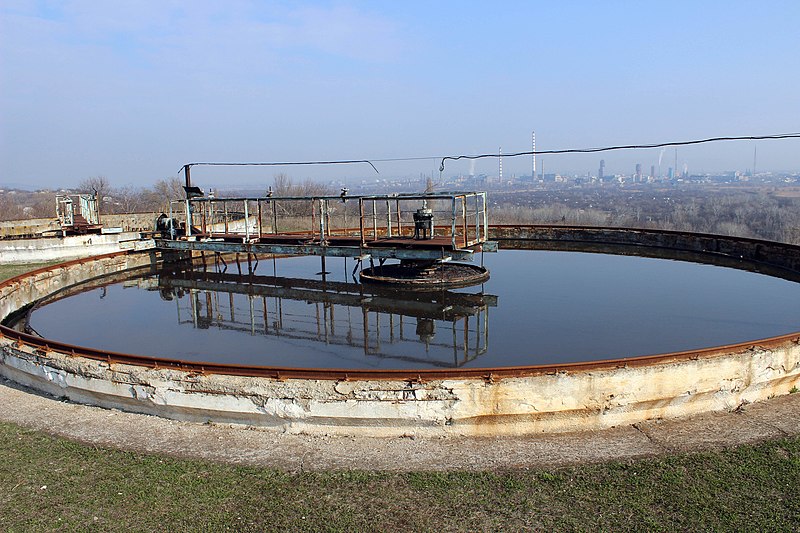
.jpg)
.jpg)
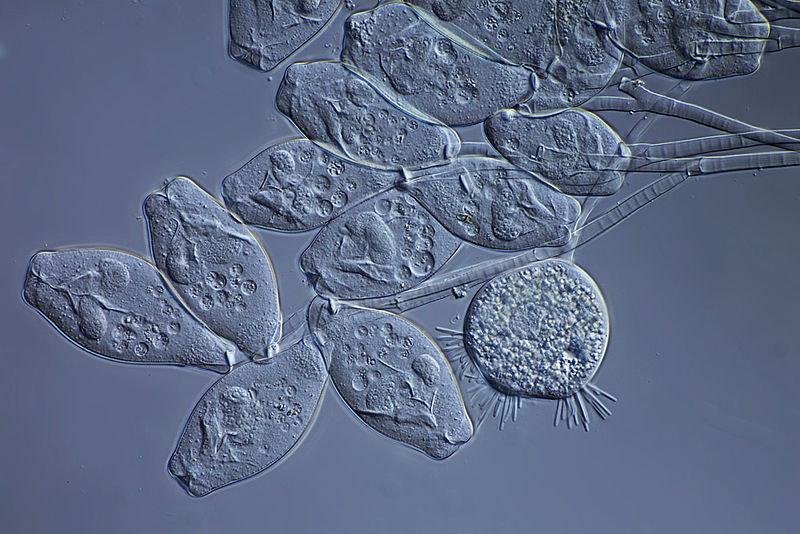

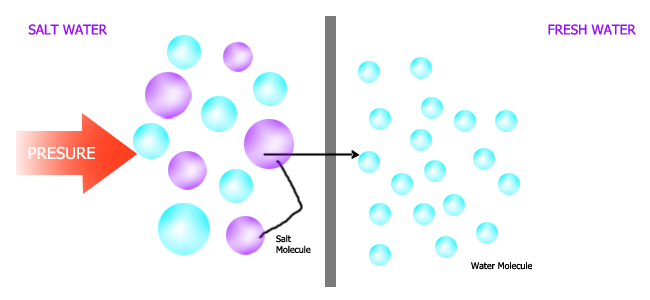
.jpg)
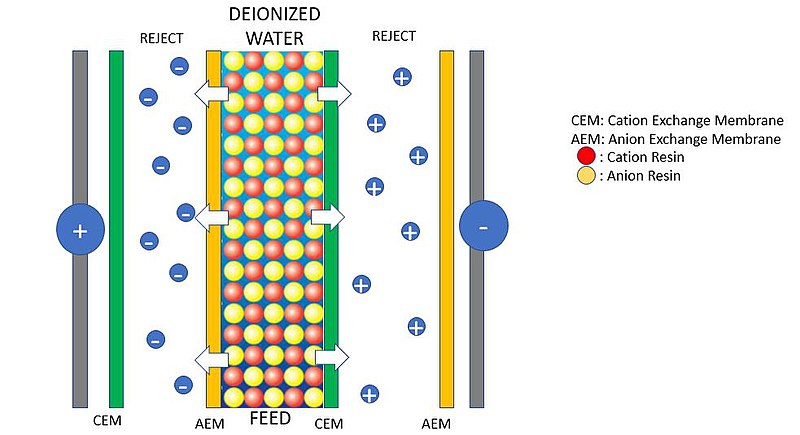
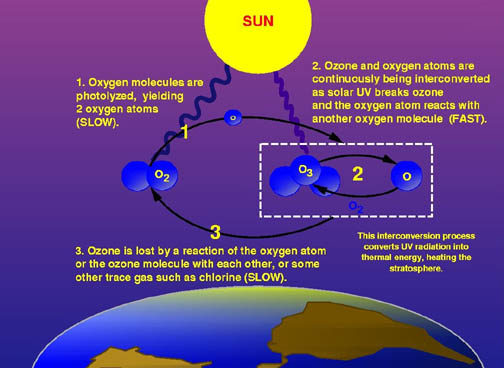

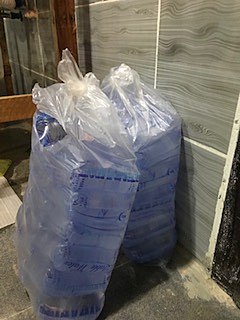
@tipu curate
Upvoted 👌 (Mana: 36/45)
Thanks for your contribution to the STEMsocial community. Feel free to join us on discord to get to know the rest of us!
Please consider supporting our funding proposal, approving our witness (@stem.witness) or delegating to the @stemsocial account (for some ROI).
Thanks for using the STEMsocial app and including @stemsocial as a beneficiary, which give you stronger support.
I remember that a few years ago we were working in our laboratory to create a team to convert sewage to drinking water, we were doing very well until the lack of resources stopped us in our research
I could imagine how disappointed your team were knowing unavailability of resources limited you from carrying out such an interesting research work
I hope that in the near future we can resume all our research and above all this type of study is very important, it would help a lot in the conservation of the environment
As a child growing up we lived on a 25 household water system in the Sierras of California. The Sierras are made of mainly granite and is riddled with radioactive materials. When granite decomposes it puts off radon gas which is trapped in the ground water. One of the wells on the water system had such a high level of radon gas that the EPA came out in their full hazmat suits to test the well that 25 households had been drinking water from for over 10 years. That water was shown to have over 200K p/l with a max accepted level of 20 p/l. Th running joke of the families was that we don't need a night light since we were drinking radioactive water. But in reality the radon gas mostly dissipated with aeration and was lost to the atmosphere. We started aerating the water in the system to reduce the overall radon level which helped immensely but eventually had to abandon the well.
My grandmother co-owned a hotel near the Yosemite entrance at a mile high elevation. The drinking water we would haul in gallon and 5 gallon jugs had a super high mineral content and was a hard water from an artesian well. It had a taste. The taste of minerals. Real healthy water has a taste, it tastes of minerals. Humans are not meant to drink sterilized water, we need water with minerals. That is why things like Fiji water put minerals into their water to give it the flavor of REAL water.
Minerals are preferably added most times in cases of malnutrition or mineral deficiency so as to complement the deficit.
Normal water meant for drinking is not expected to have taste.
You must not have drank from a stream or fresh water from a well. Purified water is the only water to have no taste. Taste is created by minerals which are essential to healthy water.